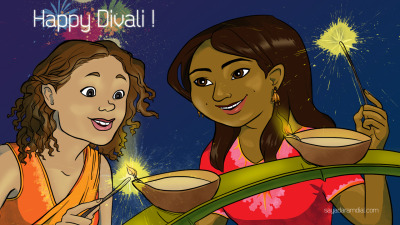Call for Papers: Special issue
Journal of Graphic Novels and Comics (
http://www.tandfonline.com/toc/rcom20/current)
Special Issue Editors: Dr. Mel Gibson (University of Northumbria), Dr. Kay Sambell (University of Northumbria), Dr. Golnar Nabizadeh (The University of Western Australia).
This special edition will explore links between graphic novels and comics in relation to childhood. Both have been studied in relation to how they work (key examples being Maria Nikoljeva and Carole Scott's
How Picturebooks Work and Thierry Groensteen's
The System of Comics). The history, specific creators, culture and audiences for these media have also been areas of research. Focusing on the links across illustration, graphic narratives and visual culture, this special issue will offer critical examinations of the field of comics and picturebooks.
Comics and picturebooks are not typically considered together, although some research has done so, including Mel Gibson's article "Graphic Novels, Comics and Picturebooks" in the
Routledge Companion to Children's Literature and David Lewis's "Oops!: Colin McNaughton and 'Knowingness'" in
Children’s Literature in Education.
In relation to audience, comics and picturebooks have frequently been associated with younger readers, despite the two being very flexible media which can be used to address readers of all ages on any topic. When such assumptions are dominant, this is usually related to perceptions of what might be ‘appropriate’ content.
Sometimes controversy is about an entire medium, as John A. Lent outlines in "Comics Controversies and Codes: Reverberations in Asia." This chapter, in the book
Pulp Demons: International Dimensions of the Postwar Anti-Comics Campaign, examined how manga comics were seen as having an impact upon the health and morals of young people in South Korea, Japan, the Philippines and Taiwan between the 1940s and the 1980s.
Equally, controversy might focus on a single text, as was the case in relation to the British publication of
Jenny Lives with Eric and Martin by Suzanne Bösche (originally published in Denmark as
Mette bor hos Morten og Erik), one of the first picturebooks focusing on homosexuality and family structure. This single text was a key element in Britain in the introduction of Section 28 of the Local Government Act 1988, which forbade the "promotion" of homosexuality by local government.
In both of these cases, what may be seen to underpin controversy relating to these media are social constructions of childhood, a concept developed within Childhood Studies and perhaps best illustrated by Allison James and Alan Prout in the book
Constructing and Reconstructing Childhood.
This issue also constitutes an attempt to extend the scope of scholarship on the comic and the picturebook beyond US/UK and European critical frameworks by highlighting Asian and Australian visual cultures and contexts.
Suggested topics for proposals include, but are not limited to, the following:
- Creators who work with both these media, such as Raymond Briggs and Shaun Tan.
- Picturebook creators who are influenced by comics. For example, the ways in which the work of Maurice Sendak is influenced by that of Winsor McCay.
- Comics for children and constructions of childhood
- Controversies around comics, picturebooks, childhood and child readers
- Defining the borders and emerging areas in comic book scholarship
- Manga, comics and picturebooks
- Comic book conventions and avant-garde innovations
- Divergences and intersections between comic books and picturebooks
- When and how does a comic book creator become perceived as a picture book creator?
- In what ways do constructions of childhood as innocent and vulnerable impact what is considered suitable content in a comic or picture book?
Deadline for proposals for 5000-7000 word articles is March 31, 2013 (for issue 5:1, June/July 2014 of the
Journal of Graphic Novels and Comics, http://www.tandfonline.com/toc/rcom20/current). Send proposals to Dr. Mel Gibson at mel.gibson@northumbria.ac.uk.






